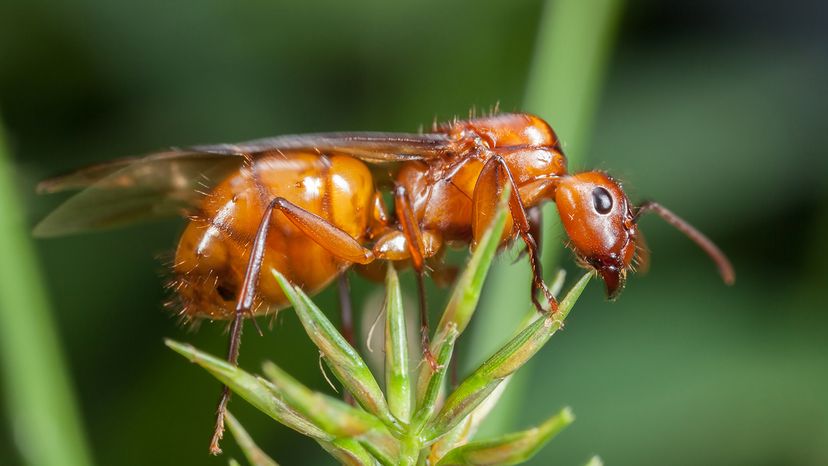
These miniscule, winged insects can be a common sight when the weather turns warm, but they might also leave some people puzzled. After all, ants can't fly — can they?
As it so happens, yes, ants fly, and flying ants are actually not an entirely different species of insect but just a life stage that certain ants go through.
Advertisement
Read on to learn more about why some ants fly and the purpose behind what people call "flying ant day." Plus, you'll discover how an ant colony works, the differences between flying ants and termites, and what to do if you find a family of flying ants has — eek! — taken up residence in your home.